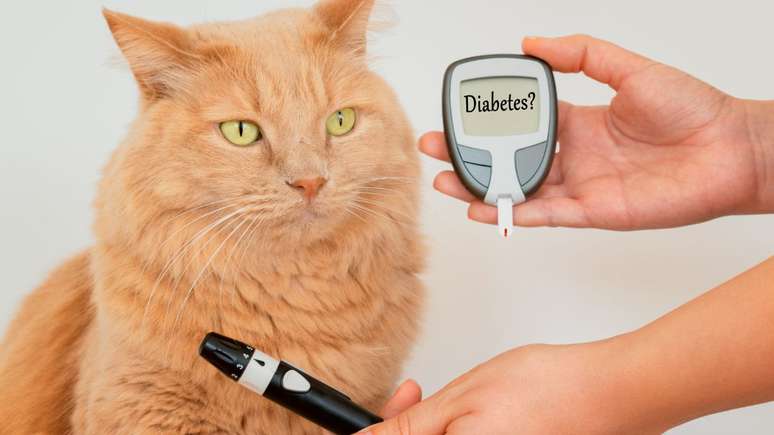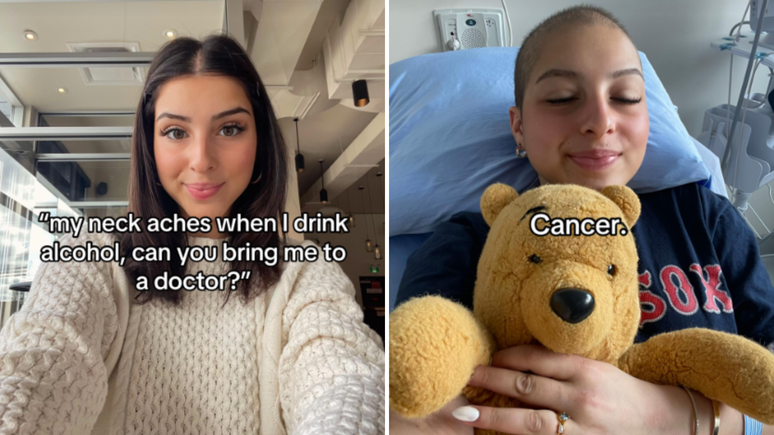The vet explains how to recognize diabetes in pets; Check out the recommended treatments for pets suffering from this condition here
Did you know that diabetes can also affect dogs and cats? Yes, the disease in which there is a large amount of glucose in the body does not only occur in humans, but also in pets and must be diagnosed early to be treated correctly and for the animal to live in health and quality of life .
Diabetes in pets is common linked to obesity and the indiscriminate use of drugs such as glucocorticoids and progestins, which mainly affects animals aged between 7 and 9 years.
Pets can contract the disease regardless of gender and breed, but females are twice as likely to be affected and breeds such as mini poodles, Samoyeds, pugs, toy poodles and schnauzers are more susceptible.
In the case of dogs, it is more common for them to have diabetes that is more similar to the type 1 human disease, while in cats the disease tends to be more similar to type 2 diabetes. According to veterinarian Dr. Ana Cláudia Bengezen, La disease prevents the body from producing insufficient insulin.
“The disease is characterized by chronic hyperglycemia, glycosuria and disturbances in the metabolism of carbohydrates, fats and proteins, which result from defects in the secretion and/or action of insulin”, explains the supervisor of the Small Animal Clinic of the Centro Universitário de Jaguariúna Hospital, of the UniEduK Group.
How to recognize?
To recognize the disease early and not let it progress, it is essential to pay attention to the animal’s behavior on a daily basis. Pets with diabetes may show signs such as:
- Excessive thirst
- Weight loss
- Increased appetite
- Tiredness
- Sedentary lifestyle
- Increased urge to urinate
The diagnosis is confirmed by urine and fasting blood sugar tests, and in animals the levels considered “normal” vary between 55 and 110 mg/dL. The presence of glycosuria (glucose in the urine) and fasting hyperglycemia indicate that the animal suffers from diabetes.
How is the treatment?
As is the case with humans, diabetes in dogs and cats has no cure. However, special care can guarantee the animal a good quality of life.
“The treatment of diabetes in dogs and felines consists of the application of insulin, which is effective for the animal. Even during treatment it is important that the owner carries out glycemic monitoring, with device models similar to those used by humans “, explains Ana Claudia.
The treatment also requires a different diet. “There are currently several specific foods on the market for these patients, for example therapeutic ones. There are also natural foods, the diet of which must be recommended by a veterinary nutritionist”, underlines the veterinarian.
According to her, it is still important adopt new habits such as exercise and play. In the case of females, castration is also a good measure, because progesterone interferes with the action of insulin.
It is important that the treatment occurs as quickly as possible, since without it the animal could suffer a series of complications, such as: vomiting, convulsions, tachypnea, cataracts, weakness, pancreatitis, abdominal pain, diarrhea, weight loss, hepatomegaly, renal failure. , secondary bacterial infections, cystitis and bacterial skin pyoderma.
Source: Terra
Ben Stock is a lifestyle journalist and author at Gossipify. He writes about topics such as health, wellness, travel, food and home decor. He provides practical advice and inspiration to improve well-being, keeps readers up to date with latest lifestyle news and trends, known for his engaging writing style, in-depth analysis and unique perspectives.









